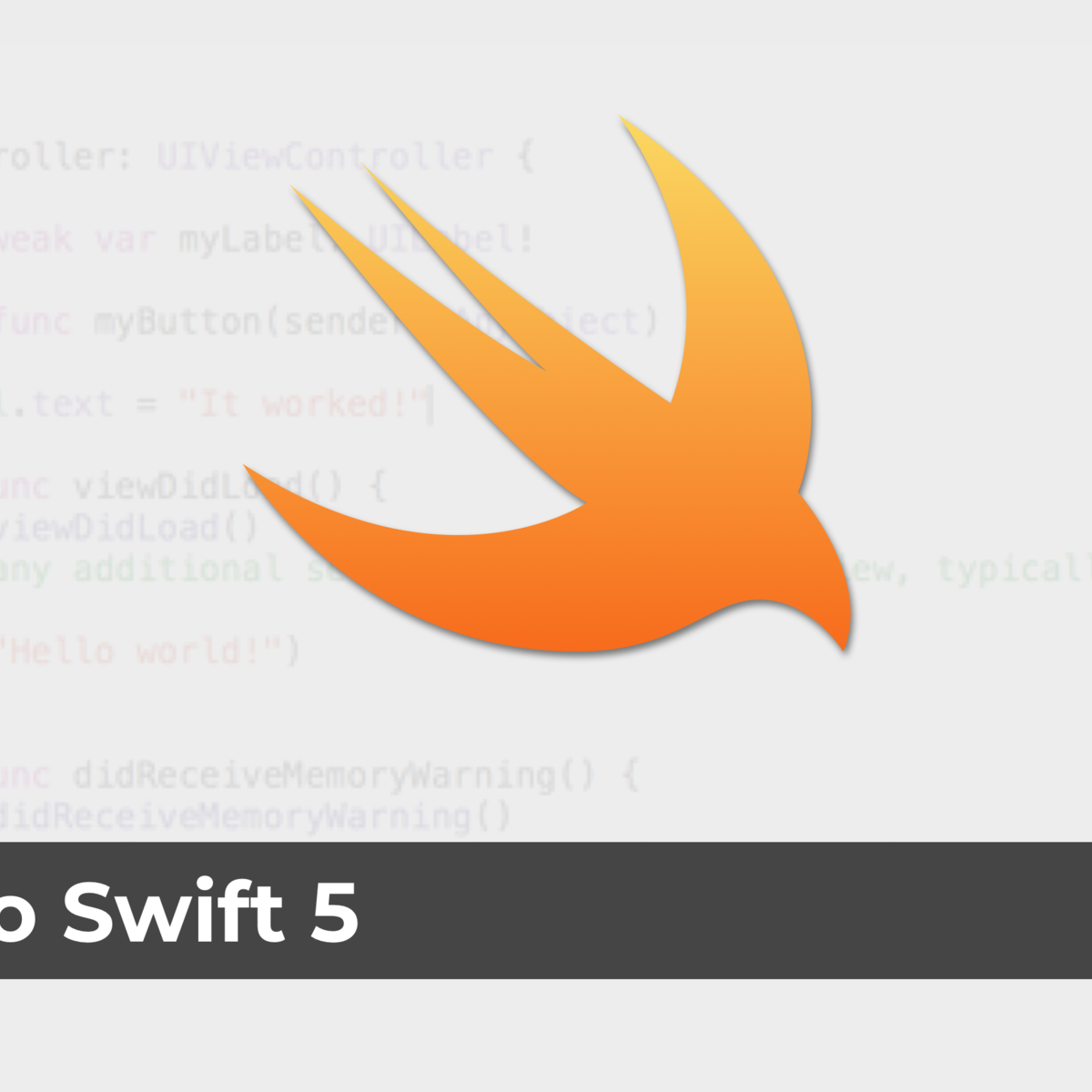Back to Courses









Computer Science Courses - Page 127
Showing results 1261-1270 of 2309

Requirements Gathering for Secure Software Development
In Software Requirements Elicitation for Secure Software Development, we're going to discuss the overall software requirements process as it applies in waterfall, spiral, and agile models. You'll learn about each of these processes and your goals as a software requirements analyst. This is not an easy task! Who do you talk to, when, and what kind of knowledge are you trying to obtain, in any software life cycle? How do you handle obstacles as you go?
These are the questions we will focus on answering in this specialization.

Introduction to the DNS (Domain Name System)
The DNS, or domain name system, is one of the most basic components of the Internet that has been in use since 1985. It is a fundamental component of the World Wide Web. This project takes you step by step to understand the structure and how the domain name system works. You will learn some handy DNS commands and will have a chance to try your hands on setting up a simulated domain name configuration as well.

Aruba SD WAN Basics
The Wide Area Network (WAN) is the focal point for connecting different sites of an organization in a global environment. In Aruba SD-WAN Basics, you’ll get an introduction to the Wide Area Network (WAN) and how Software Defined-WAN (SD-WAN) addresses today’s IT challenges. We’ll look at how SD-WAN simplifies network operations with automation and provide greater visibility to manage security challenges. Learn the fundamentals of how the Aruba SD-WAN solution works with EdgeConnect SD-WAN Fabric to simplify deployment, operations, and monitoring.
This introductory webinar is ideal for candidates new to SD-WAN technologies. We recommend a basic understanding of networking concepts, take the free Aruba Networking Basics course for a refresh.

Tables, Data & Networking in iOS
In this course you will learn how to work with data in iOS. Data is the key ingredient for any functional app and one must learn how to properly display it to the user. You will learn how to use tables and collection views to display data to users, and how to use Core Data to build more robust, data-driven applications.
Every app must have data. Making web requests is by far the most common thing you will do as an iOS developer. You will learn how to get your apps working with servers and external data. Throughout the course, you will create a ToDo app, including learning how to decode data from a web server as well as how to make POST requests.

Biology Meets Programming: Bioinformatics for Beginners
Are you interested in learning how to program (in Python) within a scientific setting?
This course will cover algorithms for solving various biological problems along with a handful of programming challenges helping you implement these algorithms in Python. It offers a gently-paced introduction to our Bioinformatics Specialization (https://www.coursera.org/specializations/bioinformatics), preparing learners to take the first course in the Specialization, "Finding Hidden Messages in DNA" (https://www.coursera.org/learn/dna-analysis).
Each of the four weeks in the course will consist of two required components. First, an interactive textbook provides Python programming challenges that arise from real biological problems. If you haven't programmed in Python before, not to worry! We provide "Just-in-Time" exercises from the Codecademy Python track (https://www.codecademy.com/learn/python). And each page in our interactive textbook has its own discussion forum, where you can interact with other learners. Second, each week will culminate in a summary quiz.
Lecture videos are also provided that accompany the material, but these videos are optional.

Query Django models across relationships
In this 1-hour long project-based course, you will learn how to perform deep filter operations over 1, 2 and 3 relationships. You will learn how to use the “in” field lookup to create a filter inside a filter. You will discover the difference between using a comma in a filter call and nesting filters via an example, and will see the difference between the implementation of the “comma” in the filter and the exclude methods.
Note: This course works best for learners who are based in the North America region. We’re currently working on providing the same experience in other regions.

How to create Social Media graphics in Canva
In this project you will learn how to design images for Facebook and Instagram using the Canvas platform. Canvas is a great option for those looking for a user-friendly and easy-to-use platform to create attractive designs for their own business or social media content. Canva has many elements that are free and it gives you a lot of freedom when designing. In addition to this, Canva has paid content that offers another endless number of elements and possibilities for the design but they are not mandatory or totally necessary, so the user has the freedom to choose how much content or elements they want to have at their disposal. Canva is an extremely useful tool for those who are just starting out and even becomes a very good tool for those who have spent years designing in more advanced programs. It is a fast option that does not need to be installed on your computer and as long as you have an Internet connection, it will be an accessible tool.

How to edit photos for Social media with Canva
By the end of this project, you will learn how to edit photos for social media using the free version of Canva. An essential role of your social media marketing strategy is to establish your online identity and to appeal to your users, many times on a lean marketing budget. You don’t need to be a professional photographer to create eye-catching images and photo projects. You can use Canva to complete this project because it provides all the tools you need to edit photos for social media, while offering a variety of options for sharing and publishing.

Business Intelligence Concepts, Tools, and Applications
This is the fourth course in the Data Warehouse for Business Intelligence specialization. Ideally, the courses should be taken in sequence. Effectively and efficiently mining data is the very center of any modern business’s competitive strategy, and a data warehouse is a core component of this data mining. The ability to quickly look back at early trends and have the accurate data – properly formatted – is essential to good decision making. By enabling this historical overview, a data warehouse allows decision makers to learn from past trends and challenges. In essence, the benefit of a data warehouse is continuous improvement.
By the end of the course, you will be able to enhance Conformity And Quality of Data by gaining the knowledge and skills for using data warehouses for business intelligence purposes and for working as a business intelligence developer. You’ll have the opportunity to work with large data sets in a data warehouse environment and will learn the use of MicroStrategy's Online Analytical Processing (OLAP) and Visualization capabilities to create visualizations and dashboards.
The course gives an overview of how business intelligence technologies can support decision making across any number of business sectors. These technologies have had a profound impact on corporate strategy, performance, and competitiveness and broadly encompass decision support systems, business intelligence systems, and visual analytics. Modules are organized around the business intelligence concepts, tools, and applications, and the use of data warehouse for business reporting and online analytical processing, for creating visualizations and dashboards, and for business performance management and descriptive analytics.
This course is intended for business and computer science university students, IT professionals, program managers, business analysts and anyone with career interests in business intelligence.
In order to be successful in this course, you should have either completed Course 3 of the Data Warehousing for Business Intelligence Specialization or have some prior experience with data visualization and document management.

Malaria parasite detection using ensemble learning in Keras
In this 1-hour long project-based course, you will learn what ensemble learning is and how to implement is using python. You will create deep convolutional neural networks using the Keras library to predict the malaria parasite. You will learn various ways of assessing classification models. You will create an ensemble of deep convolutional neural networks and apply voting in order to combine the best predictions of your models.
Note: This course works best for learners who are based in the North America region. We’re currently working on providing the same experience in other regions.
Popular Internships and Jobs by Categories
Browse
© 2024 BoostGrad | All rights reserved


